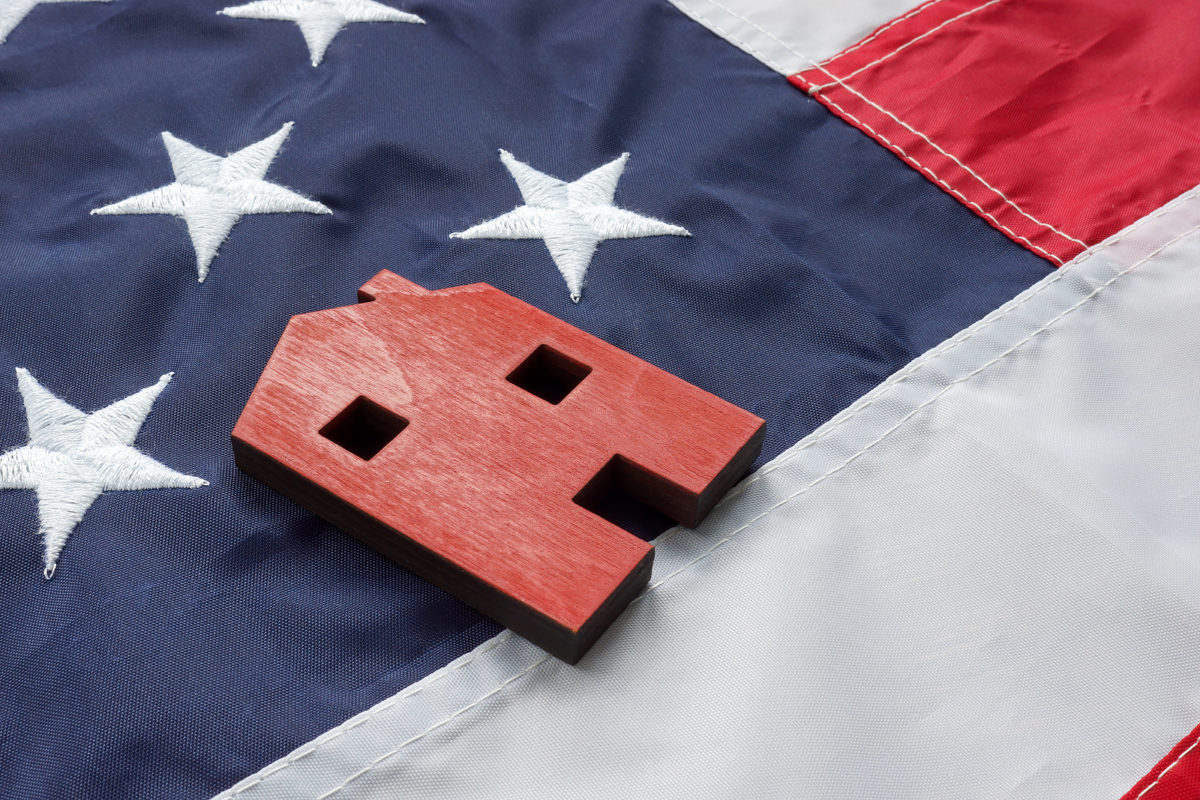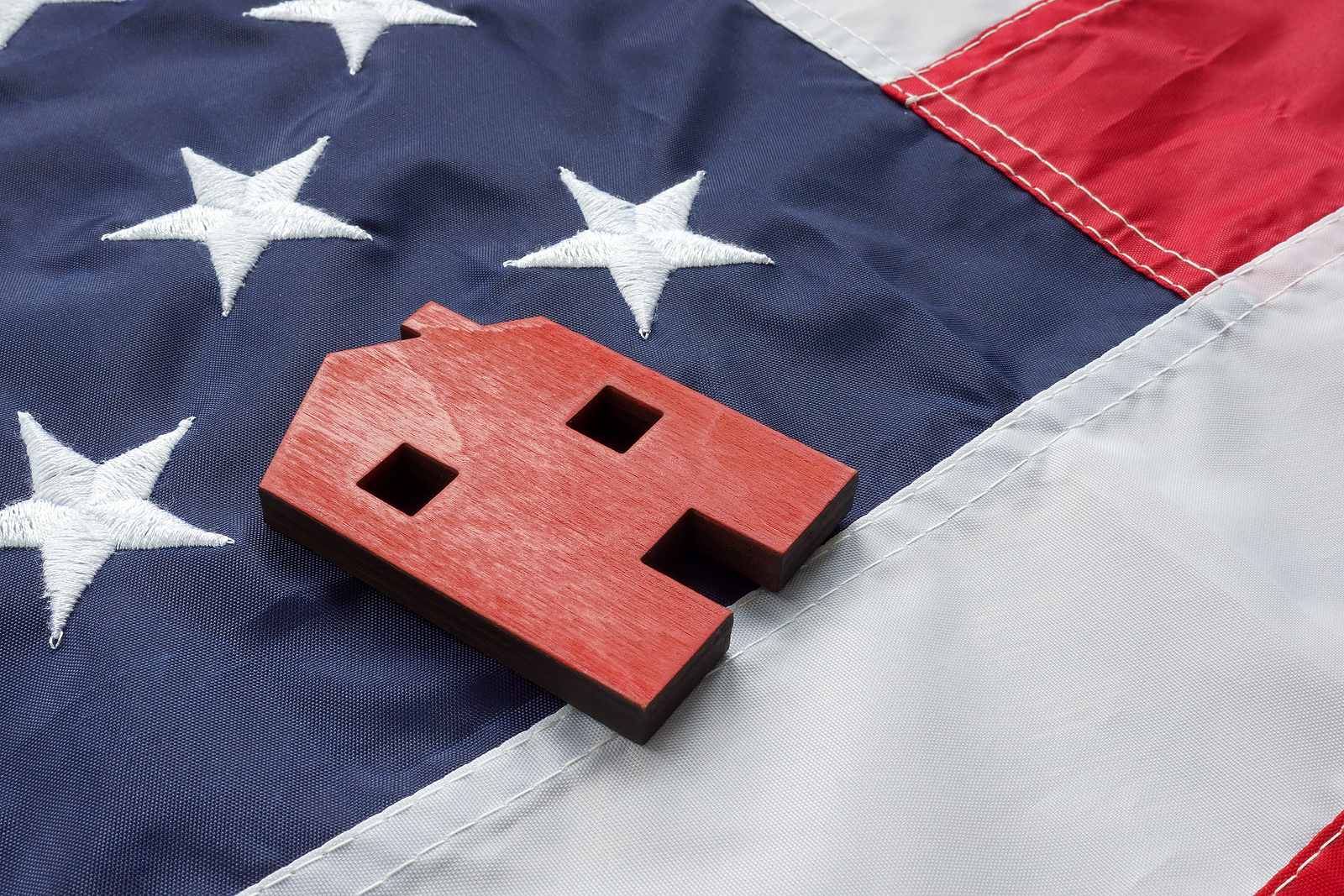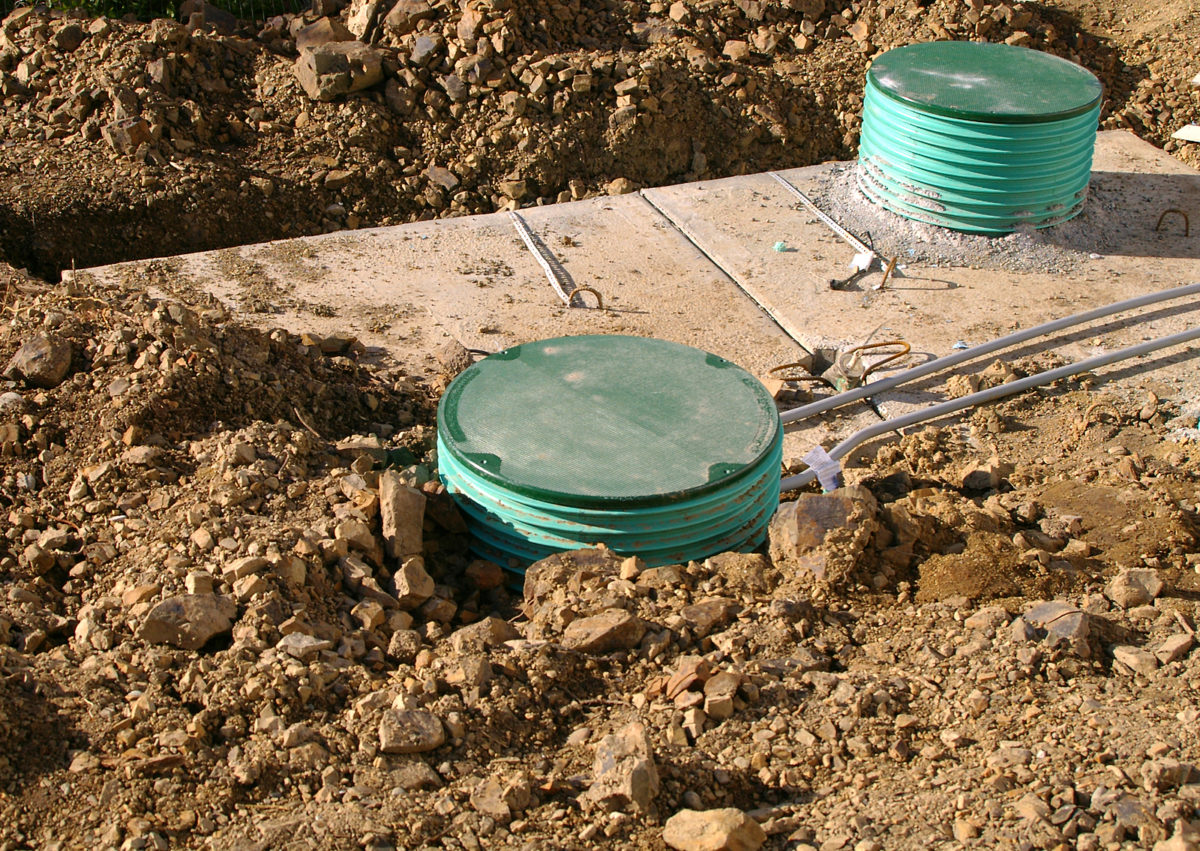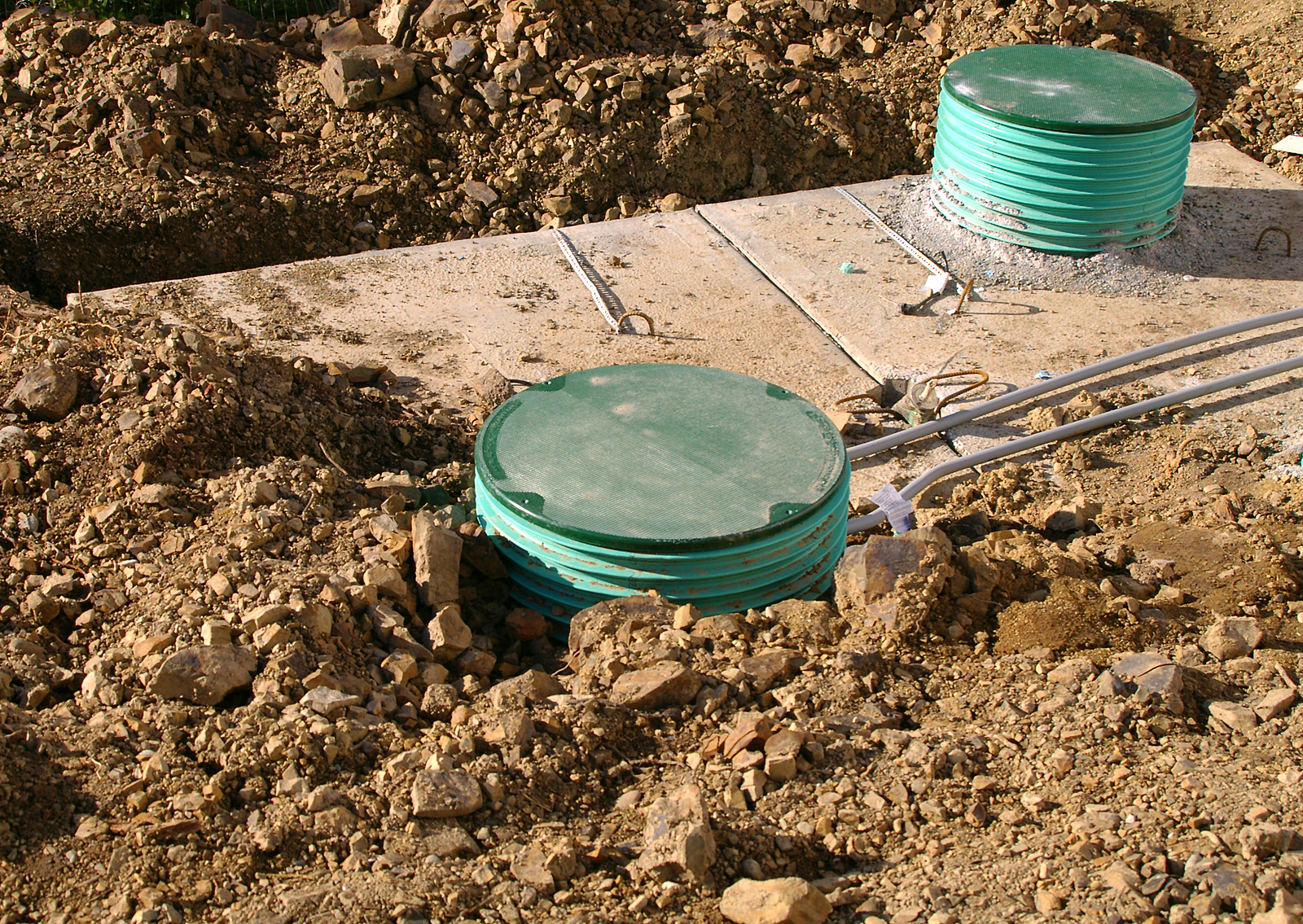Mortgage insurance, title insurance and homeowners insurance. There’s a lot to learn about insurance if you’re a first-time home buyer.
Once you’re caught up on the differences between the types of insurance involved in the purchase, it’s time to start finding ways to save money on premiums.
There’s nothing you can do to lower your mortgage insurance premiums and yes, you can shop around for title insurance, but the best place to realize significant savings over the long-haul is on homeowners insurance.
The average annual cost for homeowner’s insurance, nationwide, is “… $1,445 per year and $120 per month — but the cost of coverage varies significantly based on state laws, your home’s location and the cost to rebuild,” according to the number crunchers at ValuePenguin.com.
One way to pay less for homeowners insurance is to buy a newly-constructed home. In fact, when it comes to premium discounts, “… more than 35%–goes to new construction owners,” according to CNBC’s Beth Braverman, citing the pros at the Insurance Information Institute.
All that newness, from the wiring and plumbing to the HVAC system and more, gives insurers the peace of mind that existing homes don’t bring.
Braverman goes on to suggest that “… you may be able to shave off more than 19% by bundling your home and auto policies with the same insurer.”
Here are some additional ways to save money on your homeowners insurance when buying a home.
1. Just say “NO!” to a McMansion
Your homeowners insurance premium isn’t based on the value of the home, but on the cost to rebuild it.
Obviously, then, since the cost decreases as the size gets smaller, it will cost more to insure a large home.
Of course, you’ll need to base your size needs on more than just insurance costs. But if you can get what you need in fewer square feet than that huge house you have your eye on, you will save money.
Keep in mind that the savings in this scenario won’t stop with your insurance premium. It costs less to maintain a small home and it costs far less to heat and cool it.
2. Safety features are worth their weight in gold (well, almost!)
Smoke detectors are the most prevalent basic safety feature in all homes, so don’t plan on getting a huge premium discount for them.
Go beyond the basics if you want to save some bigger bucks.
- If replacing the home’s roof, use fire-proof roofing materials (brick, stone and concrete, for instance)
- Add a security system
- Install an in-home fire sprinkler system.
- Add deadbolt locks to all entry doors.
- Update “… your heating, plumbing and electrical systems to reduce the risk of fire and water damage.” (Insurance Information Institute)
Ask your agent how much you can save by performing any of the above upgrades.
3. Brainstorm with your insurance agent
Homeowners should speak with their insurance agents at least once a year to determine if their coverage is still adequate. Since you’re just starting out in home ownership, take the time to have a conversation now with your agent.
Find out what other discounts are available. For instance, will adding storm shutters or re-enforcing the roof lower your premium?
Discounts vary by insurance company and by state. “For example, since retired people stay at home more than working people, they are less likely to be burglarized and may spot fires sooner, too,” according to the Insurance Information Institute.
“Retired people also have more time for maintaining their homes. If you’re at least 55 years old and retired, you may qualify for a discount of up to 10 percent at some companies,” they continue.
4. Protect your credit rating
Many first-time buyers that we’ve worked with were unaware that their credit rating helps determine their homeowners insurance premium.
The Insurance Information Institute recommends that you keep an eye on your credit information by checking it on a regular basis. Ensure that there aren’t any inaccuracies and dispute any that exist.
Finally, shop around for homeowners insurance. It will pay off in a lower house payment.



















